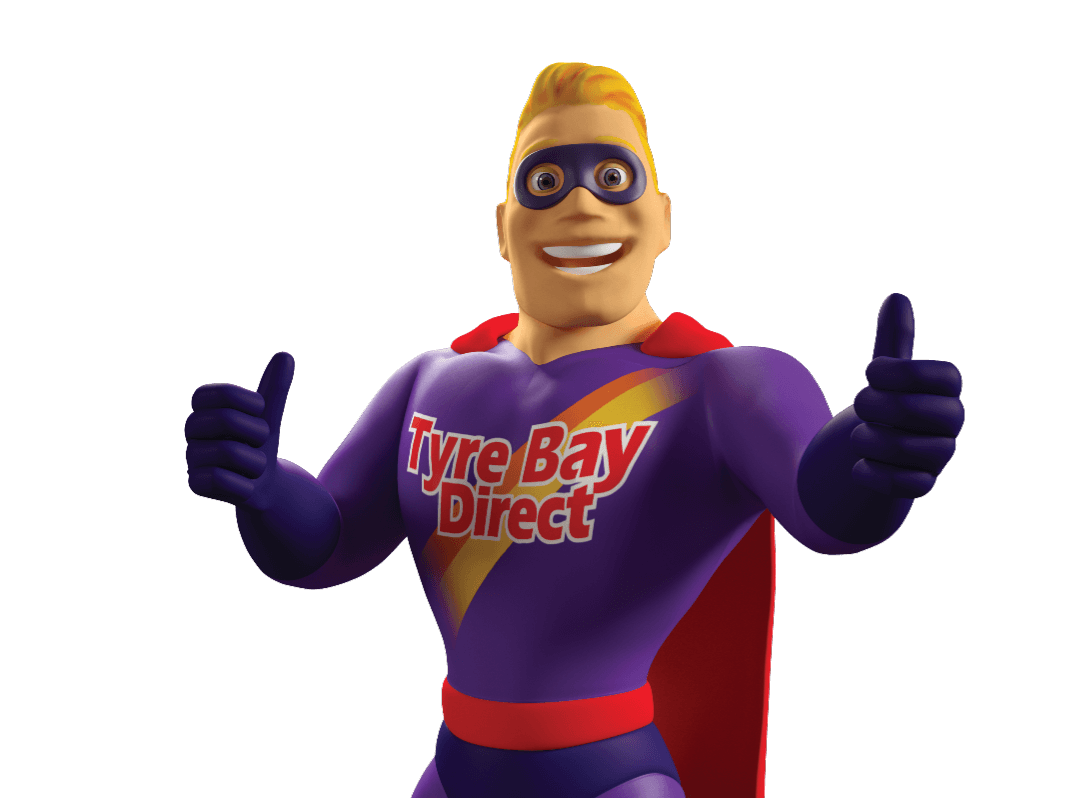Compressors
Compressor terminology explained
How Can We Help?
There are so many different technical specifications that need to be taken into account when looking for the right compressor. In this article we will concentrate on the meanings and assessment of 4 main specifications. These are Motor Power (Hp), Air delivery (CFM), vessel volume (v), Noise (dB)
Motor power
Quite simply this is displayed in either horsepower or Kilowatts and relates to the motors power. Normally this has a direct correlation with the amount of air that is produced. However for the majority of users the power of the compressors motor is dictated by the electrical supply available. On a single phase 220 v supply the maximum motor power you can expect would be in the region of 2.2kW or 3 Hp. This would need to be run from at least a 20amp socket connection and anything over this rating would require a 3 phase 415v supply.
CFM
CFM stands for Cubic Feet per Minute and is the most common way a compressors output is defined. It is the equivalent of 27 litres per minute but be careful of exactly which specification you are looking at. There are sometimes 2 different CFM measurements displayed for compressors. One is Displacement which relates to the engineering calculation based around the volume and speed of the pistons operation. As with most engineering principles, the actual is not the same. Energy lost through heat, sound and general operation means that the displacement CFM of a compressor is rarely achieved. Instead concentrate your decision on FAD CFM which is the free air displacement measurement. This will be the actual amount of air produced by the compressor.
Vessel volume
Vessel volumes can be important in certain applications but not so in others. If you haven’t read “ what size compressor do I need” then please do as this will explain more about the use of vessels in different applications. The vessel size will vary from relatively small at 90 litres to 500 litres on the larger screw and piston compressors. Expressed in litres, the pump units are normally sat on top of the vessel (receiver mounted) and can incorporate dryers as well. Be aware though, a large vessel alone may not mean “more power”. Understanding the needs of the application and suitably selecting the pump / vessel combination is the secret to getting the correct compressor.
Noise (dB)
Compressors are noisy, no doubt about it. However, some compressors such as Vane and Screw compressors are quieter than the piston compressors. There is more about the different types of compressor here “Different compressor types”. Each compressor will have a dB or decibel rating in its specification ranging from around 65dB to 96db. Obviously, the higher the rating, the more noise you can expect.

